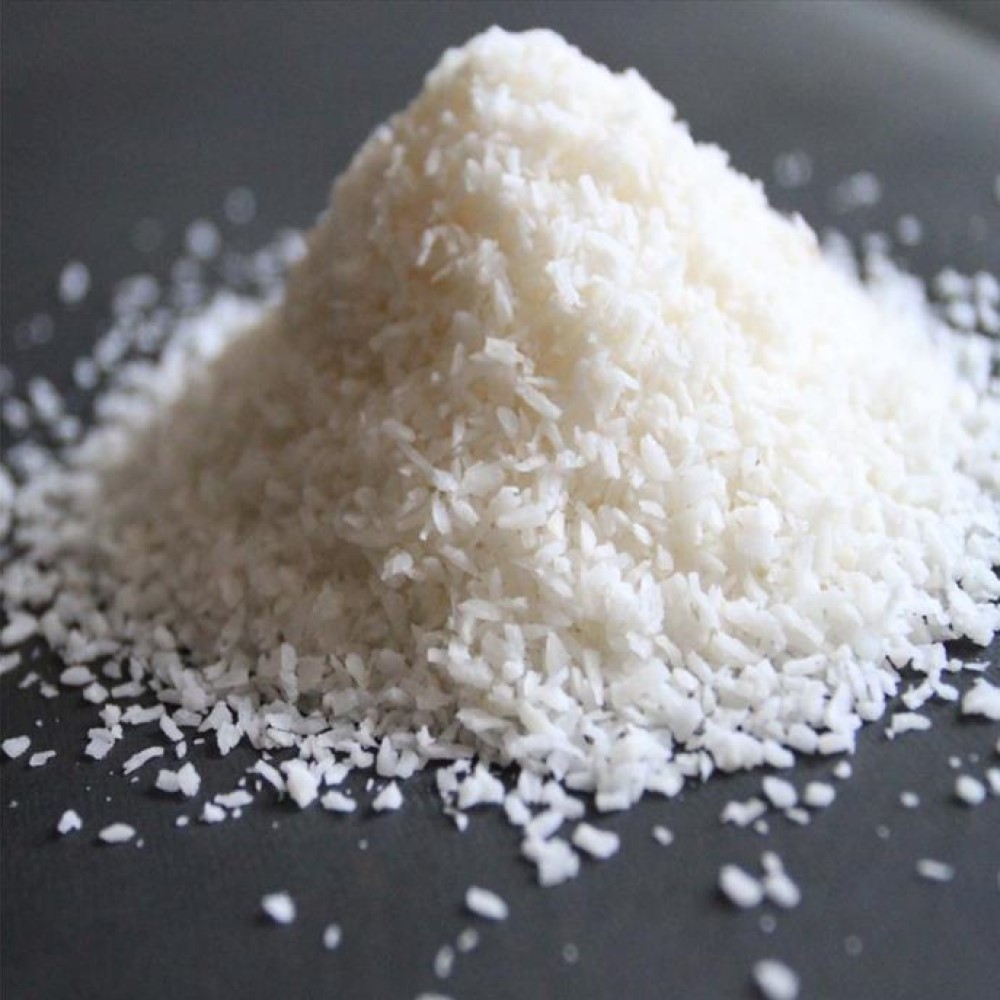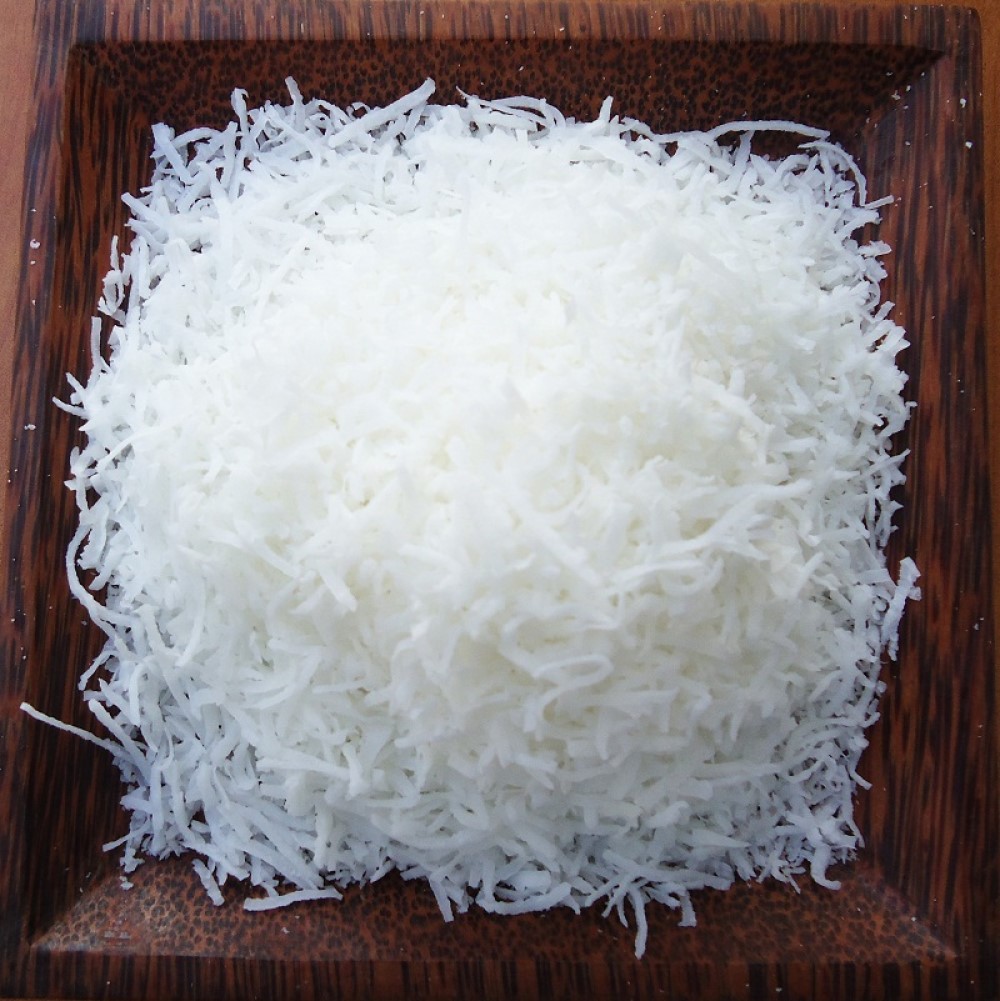Here are some key points about desiccated coconut:
-
Production: Desiccated coconut is typically made from the white flesh of mature coconuts. The coconut meat is removed from the coconut shell, shredded or grated into small pieces, and then dried to reduce its moisture content. The drying process can be achieved through various methods such as sun drying, hot air drying, or kiln drying.
-
Varieties: Desiccated coconut comes in different varieties based on the size of the coconut flakes or shreds. It can be classified into fine desiccated coconut, medium desiccated coconut, or coarse desiccated coconut, depending on the size of the coconut particles.
-
Uses: Desiccated coconut is a versatile ingredient used in a wide range of culinary applications. It adds flavor, texture, and richness to both sweet and savory dishes. Common uses of desiccated coconut include:
- Baking: It is commonly used in baking recipes such as cakes, cookies, muffins, and bread. It adds moisture and a subtle coconut flavor to baked goods.
- Desserts: Desiccated coconut is often used as a topping for desserts such as pies, puddings, ice cream, and fruit salads.
- Curries and savory dishes: In some cuisines, desiccated coconut is used to thicken and add flavor to curries, sauces, and savory dishes.
- Snacks: Desiccated coconut can be eaten as a snack on its own or mixed with other ingredients such as nuts, dried fruits, and chocolate chips.
-
Nutritional value: Desiccated coconut is a good source of healthy fats, fiber, and minerals such as manganese, copper, and selenium. However, it is also high in calories and saturated fats, so it should be consumed in moderation as part of a balanced diet.
-
Storage: Desiccated coconut has a long shelf life when stored properly in a cool, dry place. It should be kept in an airtight container to prevent moisture absorption and maintain its quality over time.
Overall, desiccated coconut is a popular ingredient prized for its flavor, texture, and versatility in cooking and baking. Whether used as a topping, filling, or flavoring agent, desiccated coconut adds a delightful tropical twist to a wide range of dishes.







